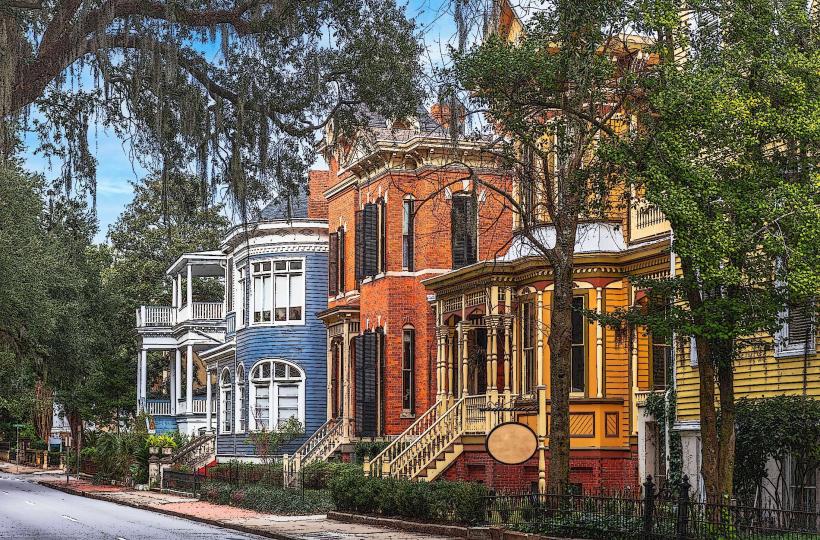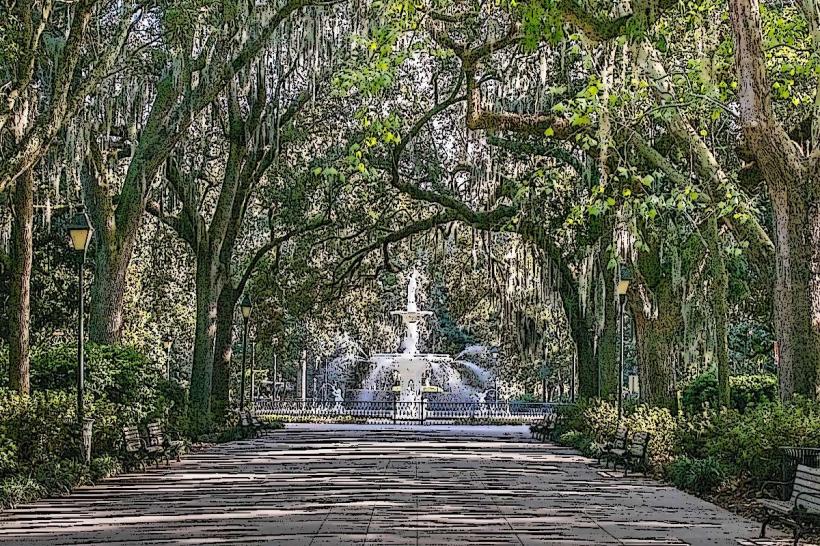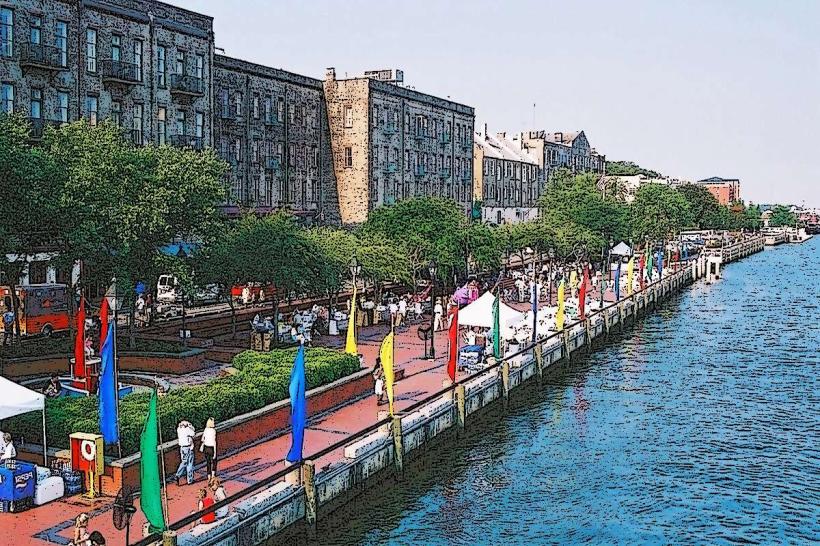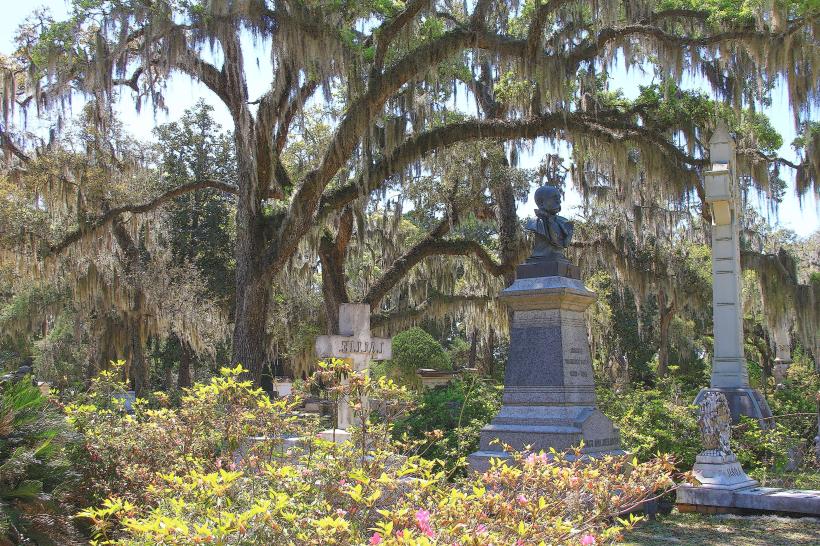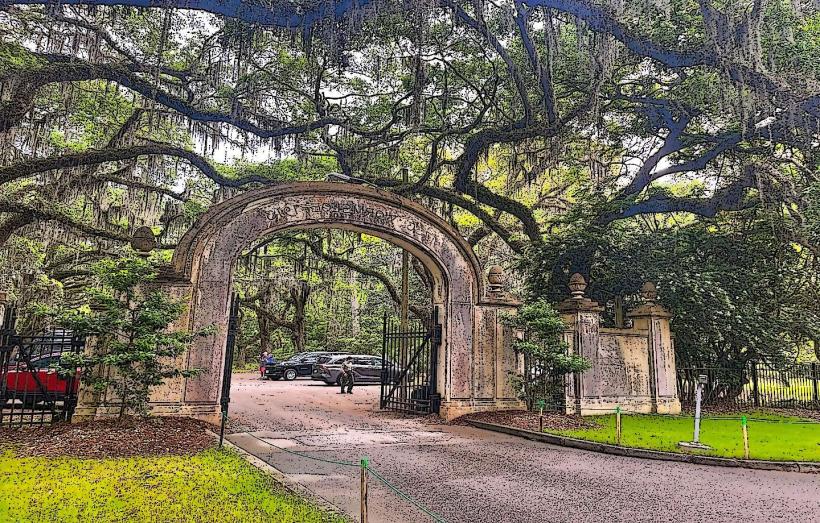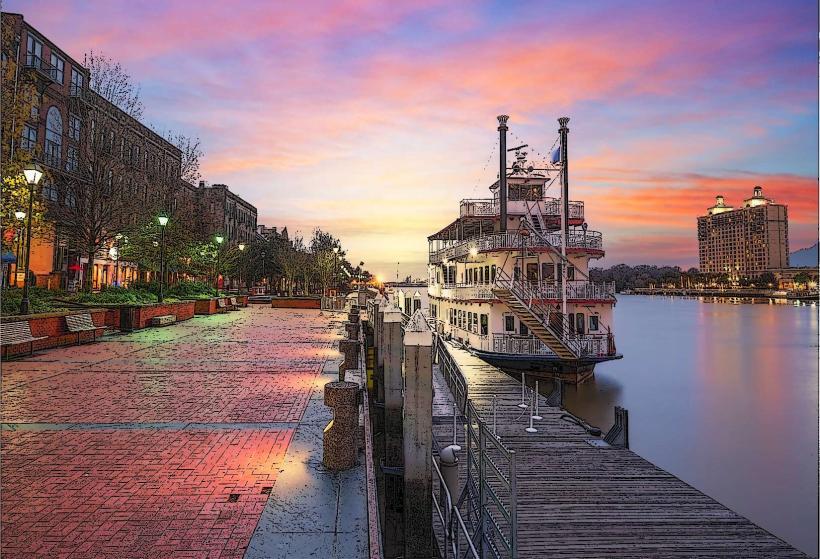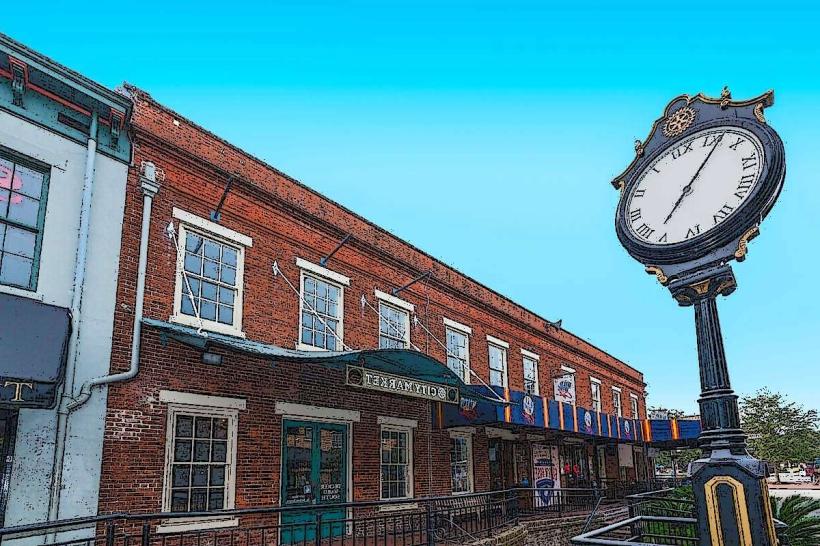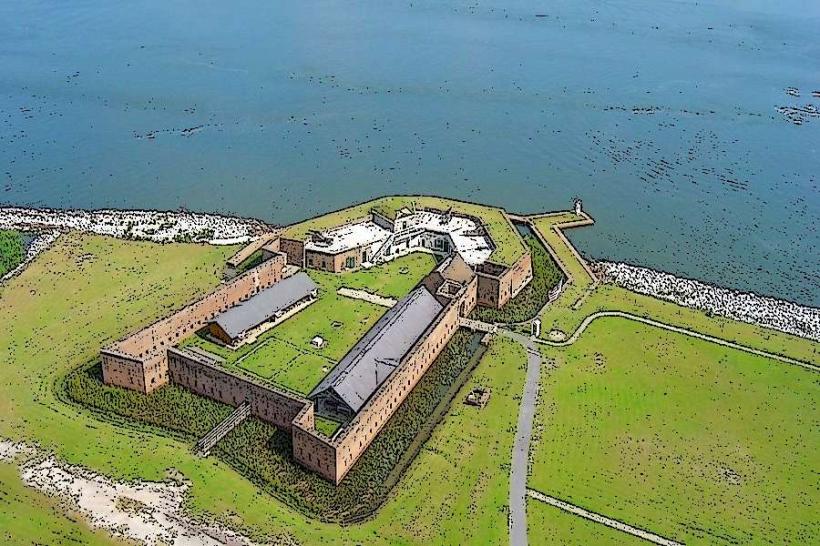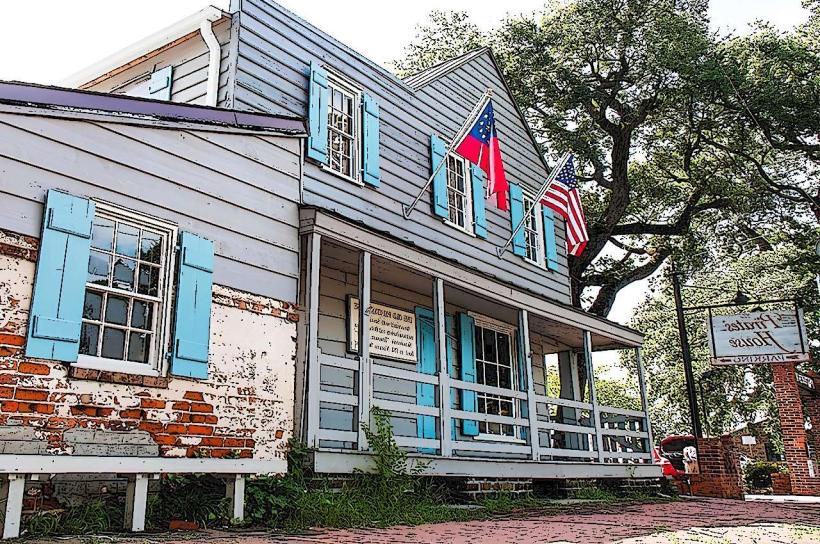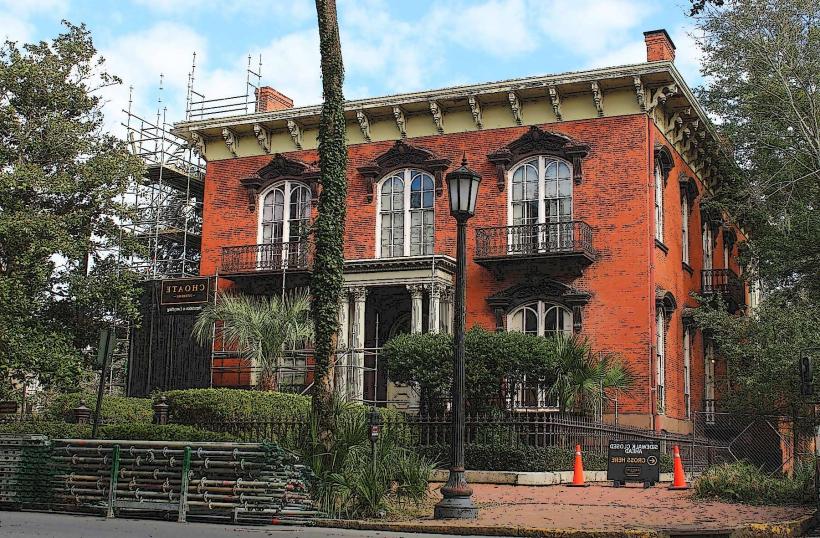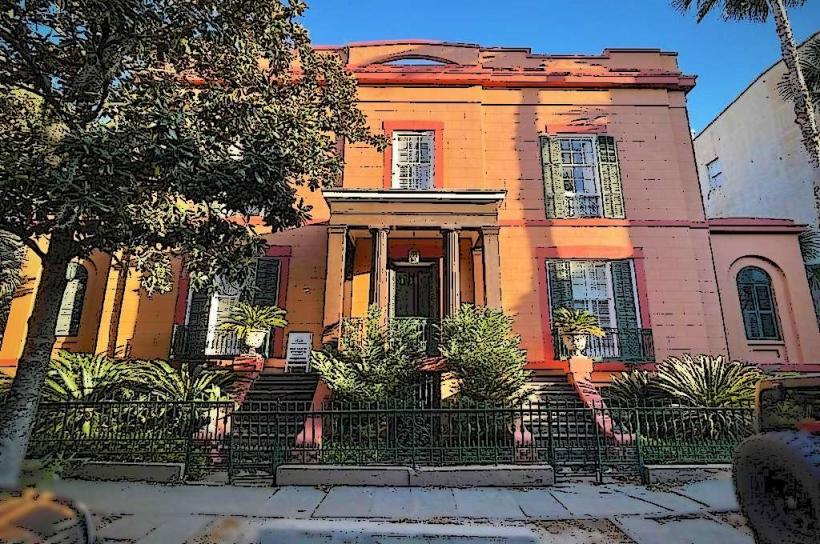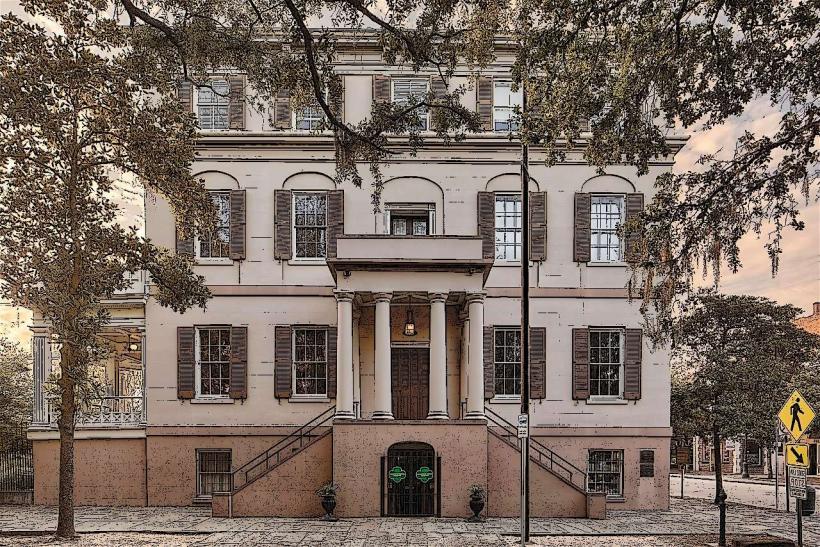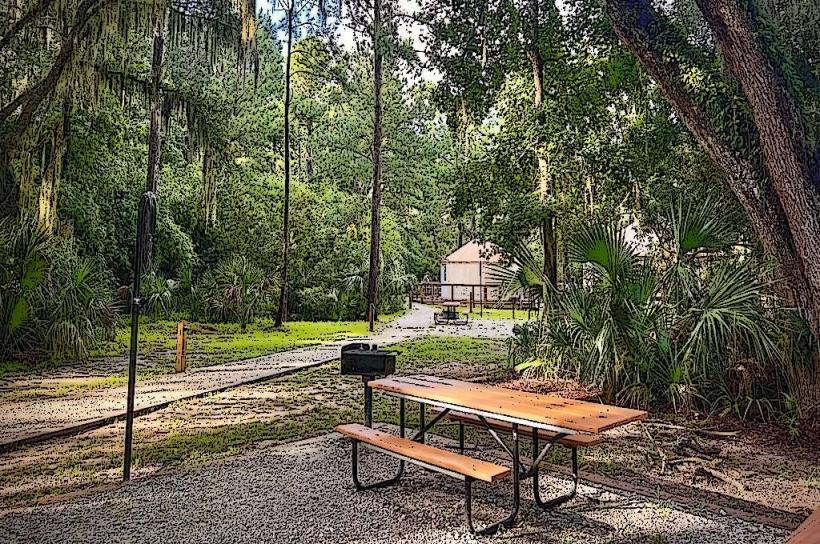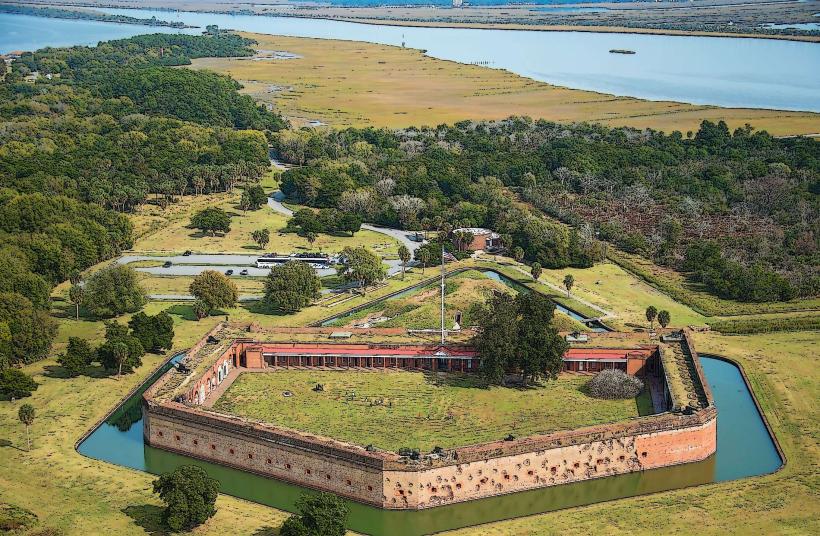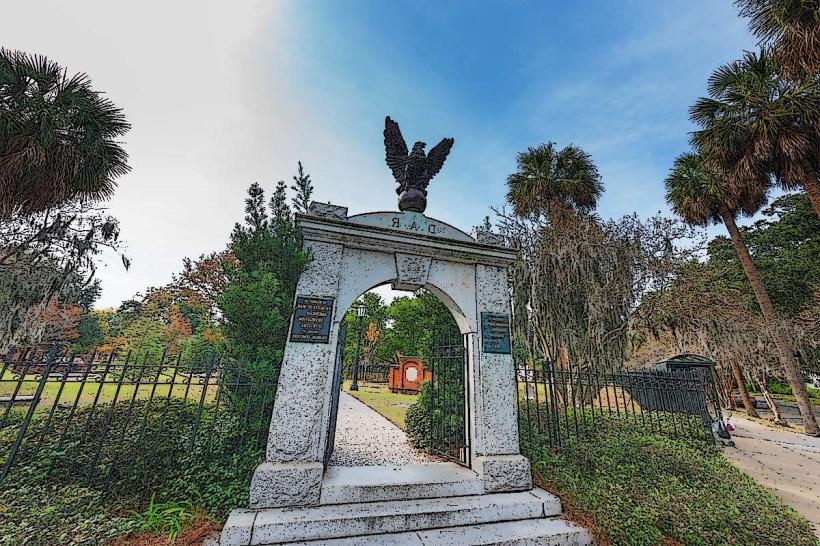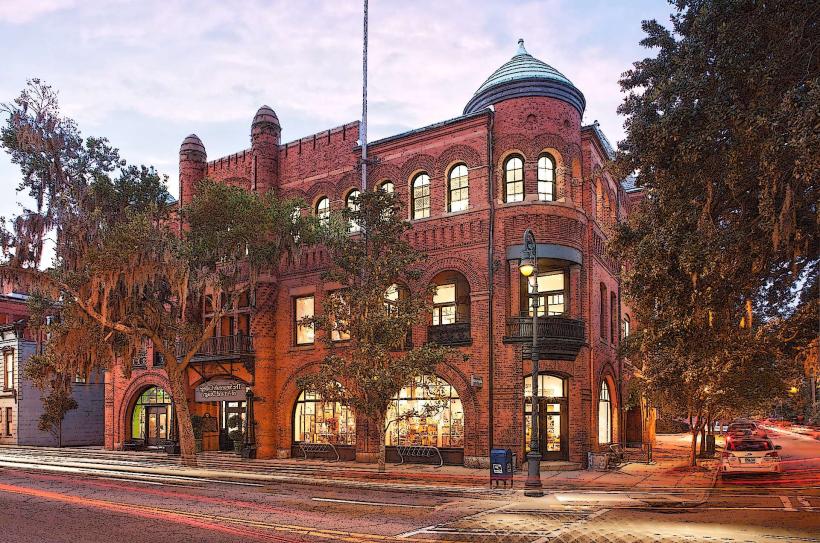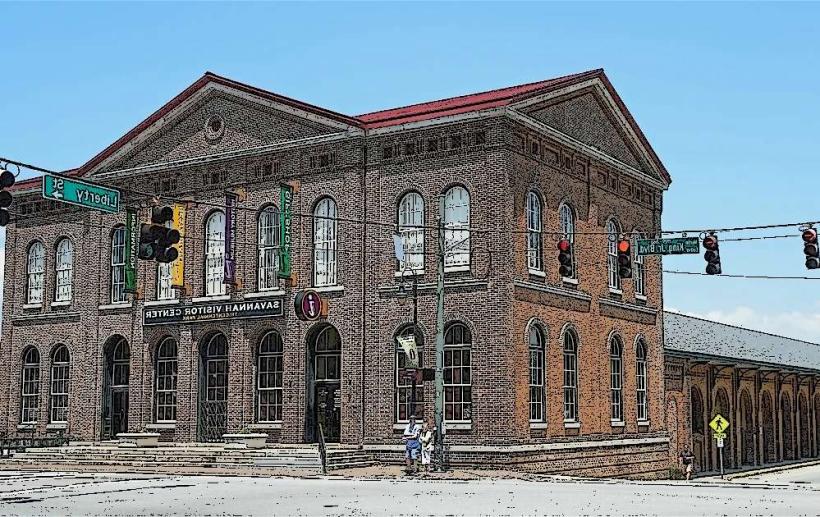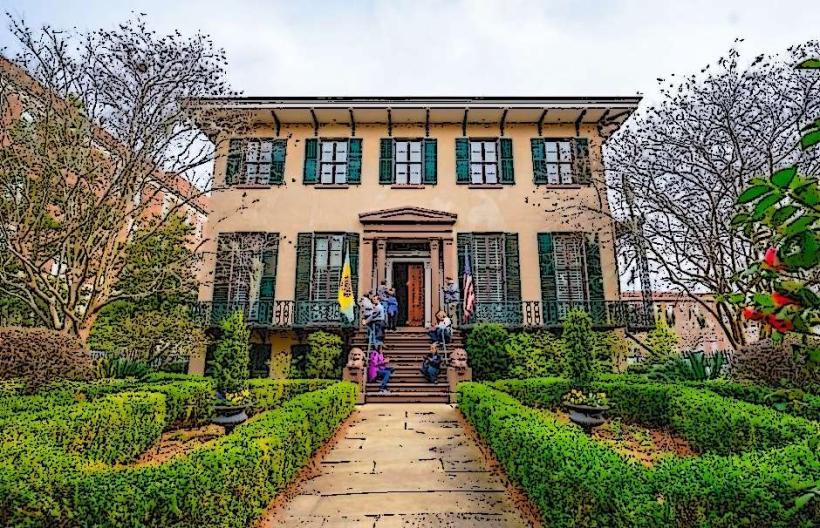Information
Landmark: Tybee Island Light Station and MuseumCity: Savannah
Country: USA Georgia
Continent: North America
Tybee Island Light Station and Museum, Savannah, USA Georgia, North America
Overview
To be honest, On Tybee Island, Georgia, the Tybee Island Light Station and Museum stands as a beloved landmark, its white tower etched against the sky and steeped in history, at the same time for more than 250 years, it’s witnessed the ebb and flow of ships and guarded the shore, drawing visitors who come for its history, stonework, and the salty breeze of coastal life.The first lighthouse on Tybee Island was lit in 1736, its beam cutting through the salty night air, making it one of the oldest in the United States, what’s more built in 1867, the current tower took the spot of earlier ones lost to hurricanes, washed away by erosion, or battered during the Civil War.As it happens, Rising about 145 feet into the air, the Tybee Island Light Station ranks among the tallest lighthouses in the nation and still works every night, its beam sweeping across the shadowy to guide ships toward the Savannah River and the Atlantic, along with in the 18th and 19th centuries, the lighthouse stood watch over the southern coast, guiding ships safely as bustling trade filled the harbor with the scent of salt and tar.It kept ships clear of hidden shoals and guided them safely through the waters, a safeguard that fueled Savannah’s trade and the prosperity of the nearby coast, also during the Civil War, the lighthouse’s beam was dimmed-or at times snuffed out-to throw off Union ships, while cannons thundered at nearby Fort Pulaski, underscoring the island’s crucial role in the conflict.The lighthouse’s classic, no-nonsense design stands out-a tapered octagonal brick tower, its white walls catching the sun, crowned with a black lantern, and back then, its glow came from oil lamps paired with Fresnel lenses-an ingenious setup that let the beam cut sharply through the night and journey far across the water.Today, the beacon runs on modern electric lamps, yet its vintage glass lens still gleams in the original lens room-a defining part of the structure, therefore the keeper’s quarters sit right beside the tower, with a few other miniature buildings clustered close enough to catch the scent of the sea.The buildings have been carefully restored, their paint fresh and windows clear, to show how lighthouse keepers once lived and worked before the light ran on its own, besides today, the keeper’s house is a slight museum where visitors can glimpse the cramped rooms and learn about the daily grind and tough decisions that once kept the lighthouse running.At the Tybee Island Light Station and Museum, you can step into the past through exhibits on the lighthouse’s storied history, the art of maritime navigation, the rhythms of coastal ecology, and the island’s rich cultural heritage-you might even catch the faint scent of salt carried in from the shore, moreover the museum holds a mix of treasures-ancient brass lenses, worn navigation tools, scribbled keeper logs, faded photographs, and brittle pages of historical documents.Guided tours and interactive displays bring the lighthouse’s story to life, offering vivid accounts of its changing form and its venue in the region’s maritime history, from the salt-crusted lantern room to ships that once relied on its beam, consequently a standout at the museum is getting to climb the lighthouse tower, its narrow steps smelling faintly of salt and antique wood.You make your way up a mix of steep stairs and rattling ladders until you reach the lantern room, where the air smells faintly of salt and antique wood, and from here, visitors can take in sweeping views of Tybee Island, the Atlantic’s blue expanse, and the rugged Savannah coastline stretching into the horizon.From here, you can take in the island’s shape-its sandy beaches, winding marshes, and the busy shipping lanes where freighters glide past, what’s more the Tybee Island Historical Society runs and preserves the Light Station and Museum, making sure its walls stay solid and its history stays true.From what I can see, Thanks to ongoing care, the lighthouse still guides ships through the fog and stands proud as a piece of living history, on top of that more than a relic of the past, the lighthouse stands as a proud marker of Tybee Island’s maritime roots and tight-knit community-its white tower catching the afternoon sun like a beacon.The venue draws crowds for educational programs, lively community gatherings, and tours that honor the island’s deep bond with the sea, where salt hangs in the air, then the Tybee Island Light Station and Museum isn’t just a lighthouse-it’s a living museum, where salt-stained walls and weathered beams tell centuries of coastal history, under certain circumstances Truthfully, With its towering silhouette, deep-rooted history, and museum displays you could linger over for hours, it’s a spot you won’t want to miss on Tybee Island, after that visitors get a rare mix of hands-on learning, graceful architecture, and sweeping ocean views, making it a true fixture in Tybee Island’s cultural and historical heart., kind of
Author: Tourist Landmarks
Date: 2025-10-03

